From Mongabay for Kids,
Edited by -Vinuri Randhula Silva,
Insects are really important
Insects are important in almost every terrestrial (land-based) ecosystem on Earth. Insects recycle waste and build fertile soil. They pollinate plants. And they are a source of prey for many other species.
A famous entomologist named E.O. Wilson wrote about the importance of insects. He called insects “the little things that run the world.”
What is the status of insects around the world?
Many entomologists, ecologists, and nature lovers have noticed that insect populations seem to be declining in many places. Some people have called this pattern of insect decline the “Insect Apocalypse.” Other people note that most of the reports of declining insect populations come from Europe and North America.
The highest insect diversity on Earth is in the tropics. So to really understand what is going on with insect numbers around the world, we also need data from the tropics.
A study of tropical insects in Brazil
A team of researchers in Brazil set out to examine all of the data that they could get on Brazilian insect populations. The researchers contacted 150 insect experts across Brazil. And they analyzed all of the scientific papers about insect population trends that they could find. The data covered ecosystems such as the Atlantic Forest biome, and also the Cerrado grasslands and the Amazon rainforest.
What did the researchers find?
The researchers found evidence that in Brazil terrestrial insects are declining both in abundance (the total number of individuals) and diversity (the number of different insect species). They found that aquatic insects (insects that spend some part of their life in water) are staying steady in abundance and diversity.
The reason for the difference in the terrestrial and aquatic insect population patterns is not clear. It may be that aquatic populations are falling also, but that not enough insect population studies have been done to detect this pattern. However, it may be that aquatic insect populations really are holding steady because polluted wetlands have been cleaned up.
The status of tropical insects needs even more study
The researchers note that more studies are needed to really understand insect declines in Brazil. Only a small portion of Brazil’s insect populations have been studied, including butterflies, bees, and scarab beetles. There are many more insect groups whose population status needs to be assessed.
And, the researchers were not able to evaluate insect status for two of Brazil’s largest ecosystems: the Caatinga dry forests and the Pantanal wetlands.
Why are insect numbers declining around the world?
Scientists hypothesize that insect declines around the world may be caused by habitat destruction, pesticide use, and climate change.
In Brazil, many areas are being deforested, resulting in loss of insect habitat.
Brazil is one of the largest users of pesticides worldwide. Pesticides being sprayed on fields of crops can drift into nearby conservation areas. Pesticides can also be spread by the insects themselves. Adult insects may carry pesticides with them back to their nests. This can wipe out the next generation of insects.
Global warming-induced extreme weather can disturb basic insect needs.
There is a great need to better understand how and why insect populations are declining. With the understanding of why insects are declining, conservationists and scientists can hopefully figure out how to stop and reverse the declines.
You can do research on insects too!
What is the status of insect populations where you live? Are populations increasing, decreasing, or staying the same? How would you find the answers to these questions?
Ask a parent or educator to help you find out about insects in your local area. There may be citizen science research going on that you can participate in. There may also be conservation programs you can join.
Parents/educators: check out apps like iNaturalist and Seek to help the insect-lovers in your life learn about insects and contribute to insect research and conservation.
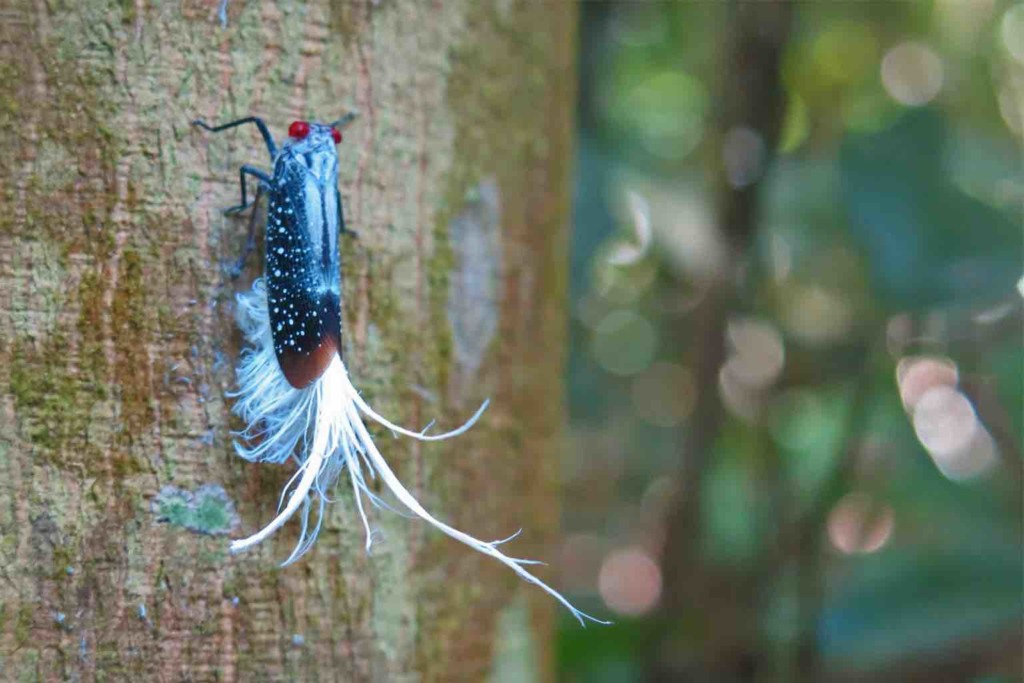
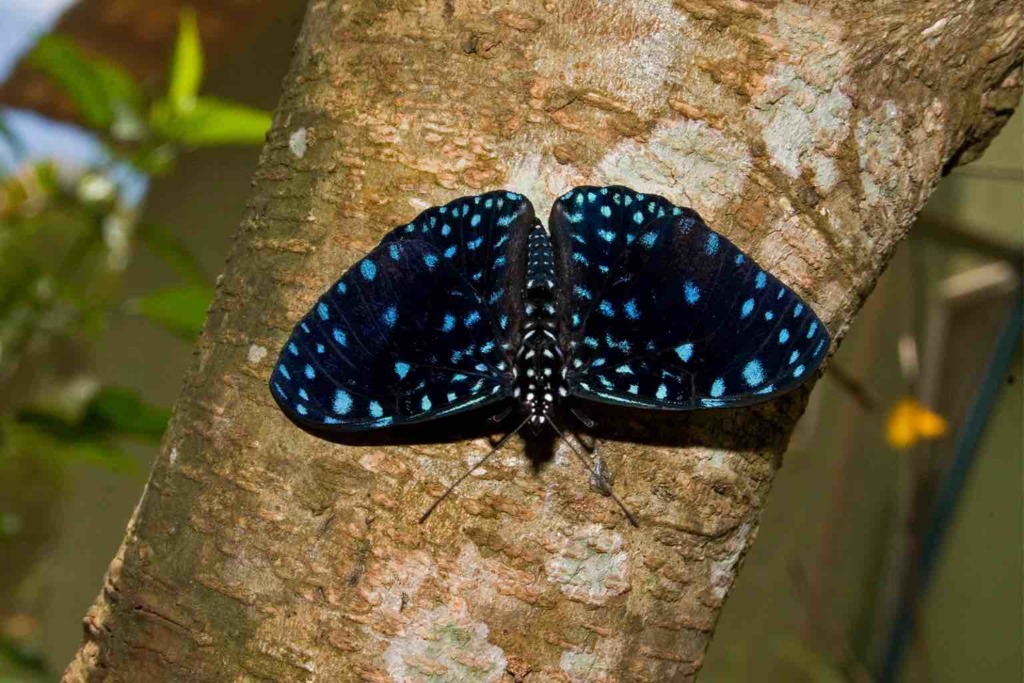
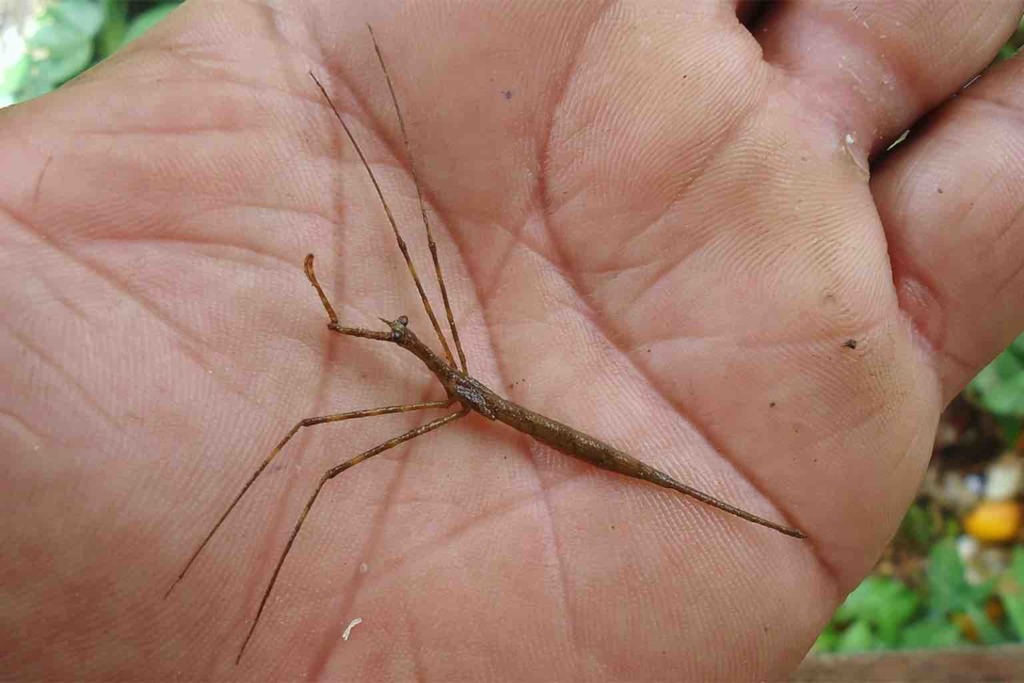
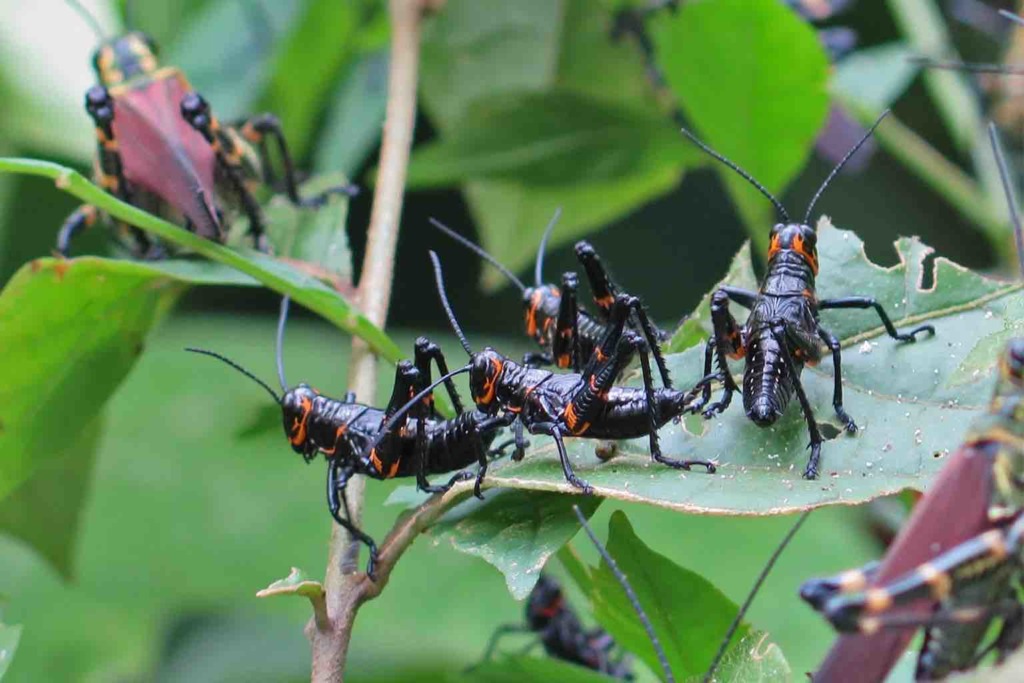
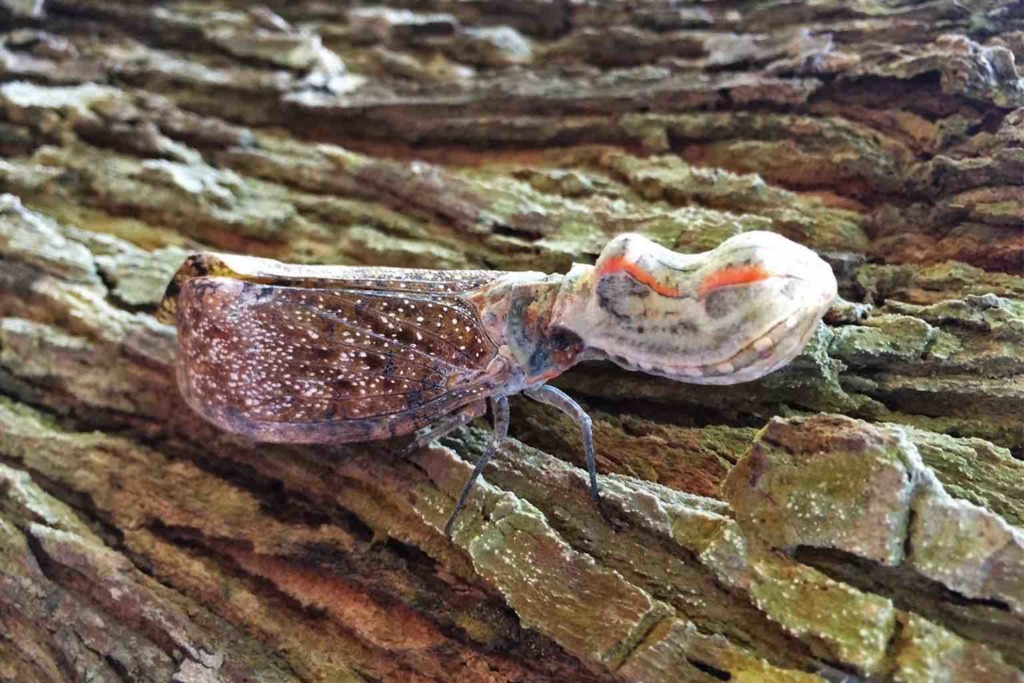
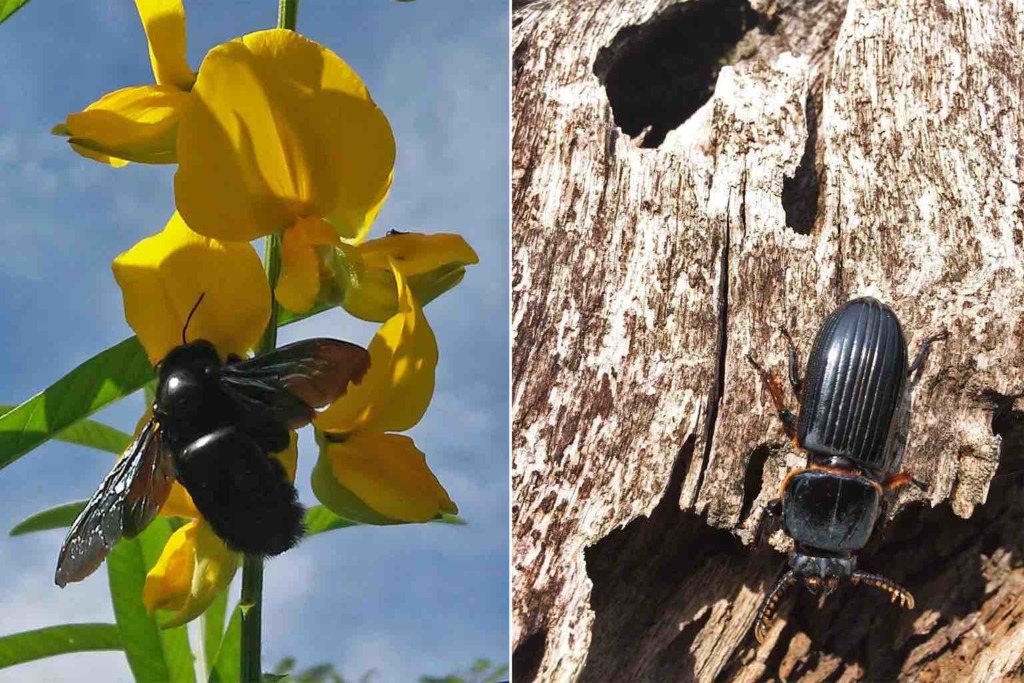
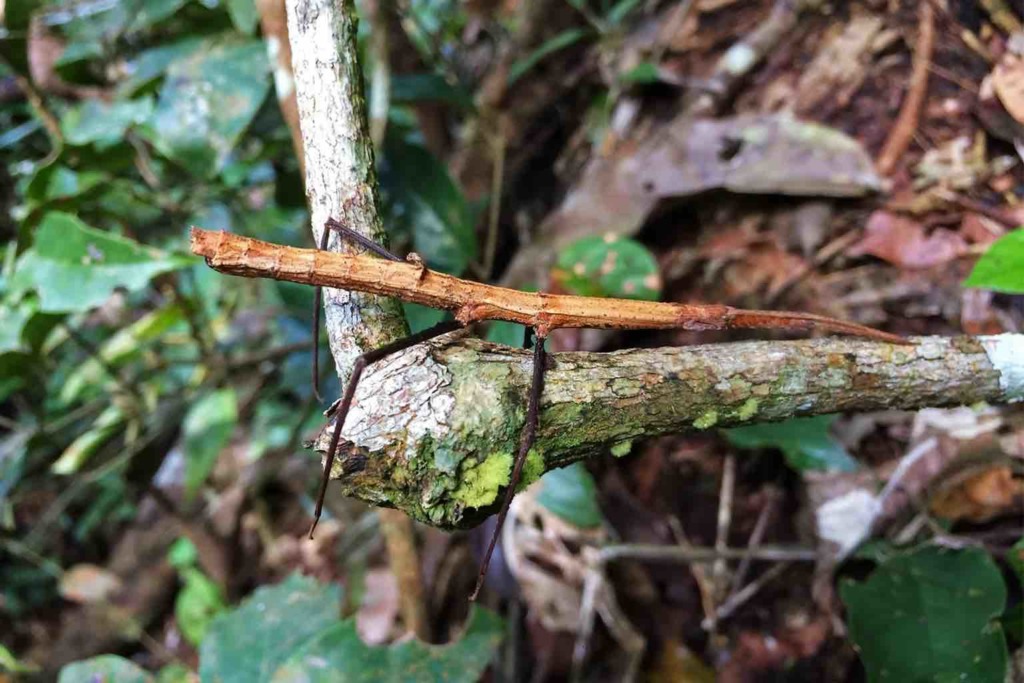
Comments
Post a Comment